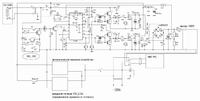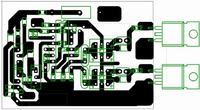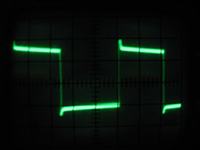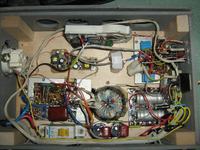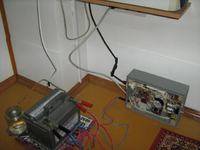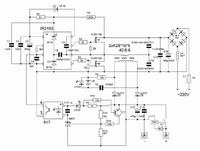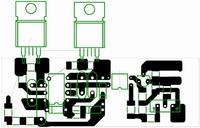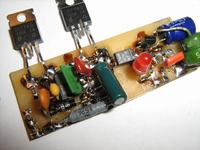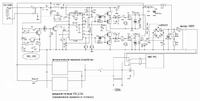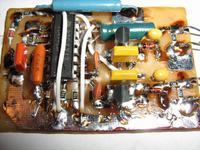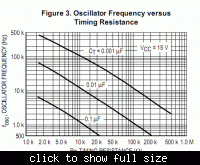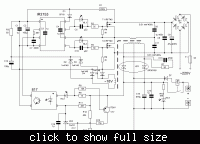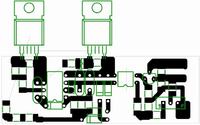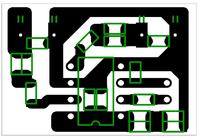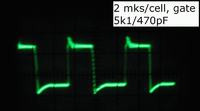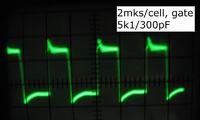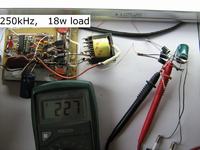dr pepper
Advanced Member level 1
I've been working on a zvs driver circuit, whereby a tl494 drives a irf540 mosfet directly at 100kc's.
If I run the whole circuit on a single supply is runs fine, however if I use seperate power supplies for the tl494 and the mosfet load, and run the tl494 a few volts more than the load, the the mosfet runs considerably cooler, so much so to warrant further investigation.
I'm making the assumption that the mosfet runs cooler with the gate drive being a higher voltage than the load due to the fact that the gate drive is able to achieve a faster switch on time by being able to overcome the gate charge quicker.
If I was to use a mosfet gate driver chip between the tl494 and the mosfet gates would I achieve a siilar improvemnt in efficiency?
If I run the whole circuit on a single supply is runs fine, however if I use seperate power supplies for the tl494 and the mosfet load, and run the tl494 a few volts more than the load, the the mosfet runs considerably cooler, so much so to warrant further investigation.
I'm making the assumption that the mosfet runs cooler with the gate drive being a higher voltage than the load due to the fact that the gate drive is able to achieve a faster switch on time by being able to overcome the gate charge quicker.
If I was to use a mosfet gate driver chip between the tl494 and the mosfet gates would I achieve a siilar improvemnt in efficiency?
